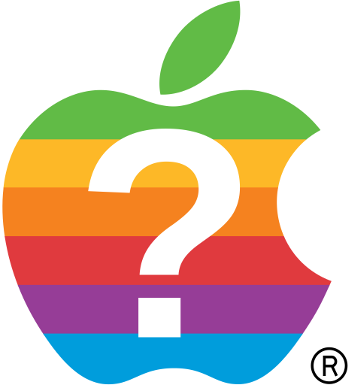 If you have seen any of the commercials for the new Macbook Pro you probably noticed that Apple has incorporated a new touchbar feature above the keyboard. The touchbar marketing makes this new feature seem sexy sleek and cool by allowing users to interact with certain programs by using the new touchbar. Apple calls this new feature “A touch of genius” and “Light. Years ahead”, but really is this that “genius” or awesome of a feature? This new feature certainly begs the question: Why doesn’t Apple just make a Macbook Pro that is a touchscreen, and how about they call it a Touchbook Pro (duh)?
If you have seen any of the commercials for the new Macbook Pro you probably noticed that Apple has incorporated a new touchbar feature above the keyboard. The touchbar marketing makes this new feature seem sexy sleek and cool by allowing users to interact with certain programs by using the new touchbar. Apple calls this new feature “A touch of genius” and “Light. Years ahead”, but really is this that “genius” or awesome of a feature? This new feature certainly begs the question: Why doesn’t Apple just make a Macbook Pro that is a touchscreen, and how about they call it a Touchbook Pro (duh)?
The Apple team has explained that they just do not think Mac OSX would be effective as a touchscreen operating system. They would like to keep iOS the iPhone and iPad OS the touchscreen operating system and Mac OSX the old point and click version but now with the new touchbar. For the company that claims to create the most intuitive user interfaces for operating system it seems like Apple is missing the boat here since most Windows based laptops now include a touchscreen for ease of use. Windows has recreated the entire Microsoft Windows user interface to accommodate both touchscreen and tradition mouse and keyboard users. So is Windows ahead of the curve here? Has Windows finally taken back the prize for most intuitive operating system interface?
In Windows the computer user is never forced to exclusively use the touchscreen as they can still use the touchpad mouse and keyboard to navigate the operating system as well. It just seems logical to provide Mac OSX users with the same experience to stay competitive. There is nothing wrong with touching the screen every once in a while to launch a program or to move the focus to a search field in the web browser.
Perhaps there is something else holding the Apple company back from making a touchscreen laptop. Maybe it has something to do with the chipset they have created for the Macbook laptop, and they just do not want to re-engineer a touchscreen into the motherboard due to cost and profit margins. While we may never really know what is holding this feature back, it is safe to say that the Macbook Pro laptop and Mac OSX is lagging behind in using the cutting edge features that touchscreen brings to the usability of a laptop.

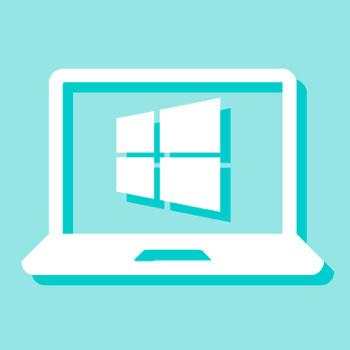 The Free Windows 10 upgrade is set to expire later this month. The last day to upgrade for free to Windows 10 is on Friday July 29, 2016.
The Free Windows 10 upgrade is set to expire later this month. The last day to upgrade for free to Windows 10 is on Friday July 29, 2016. 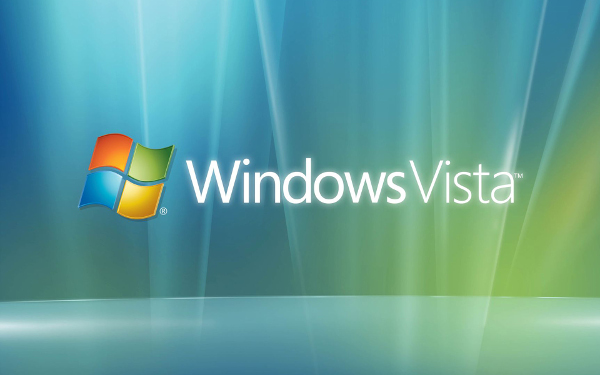 In less than a year Microsoft will “end of life” Windows Vista. The official end of support date for the Microsoft Windows Vista operating system is April 11, 2017. You may recall Microsoft ended all support for the Windows XP operating system just over a year ago. Microsoft will no longer offer technical support, release any Microsoft updates or security patches for Windows Vista after the end of mainstream support date. Windows Vista users will be left to fend for themselves. Windows Vista will no longer be safe to use on the Internet and will no longer be able to install newer software.
In less than a year Microsoft will “end of life” Windows Vista. The official end of support date for the Microsoft Windows Vista operating system is April 11, 2017. You may recall Microsoft ended all support for the Windows XP operating system just over a year ago. Microsoft will no longer offer technical support, release any Microsoft updates or security patches for Windows Vista after the end of mainstream support date. Windows Vista users will be left to fend for themselves. Windows Vista will no longer be safe to use on the Internet and will no longer be able to install newer software.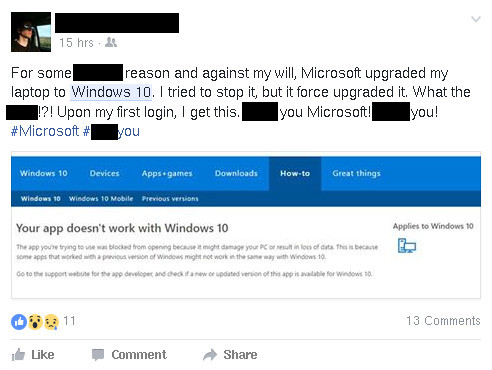
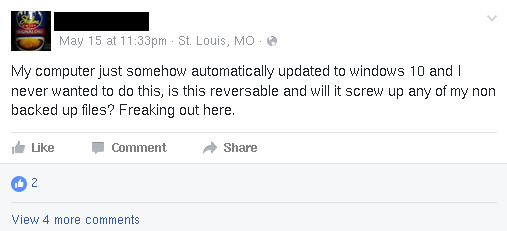
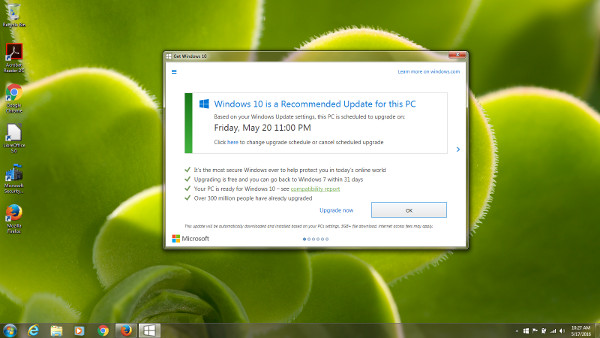
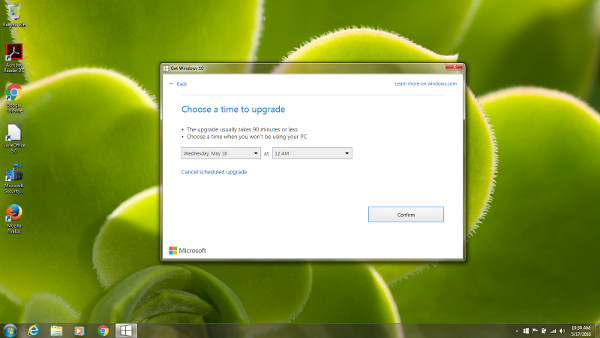
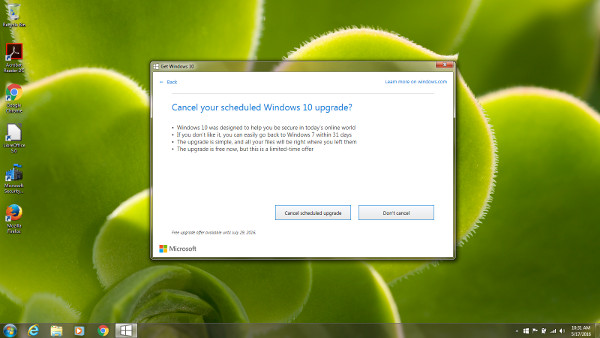
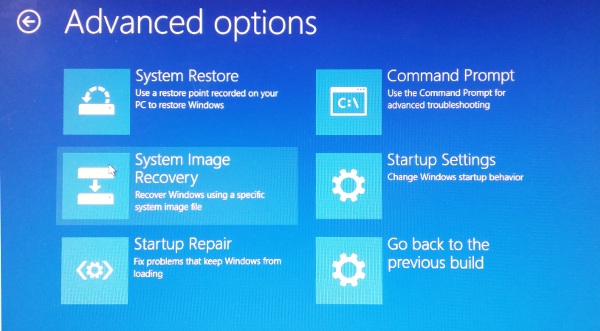 Since UEFI firmware was added to most new Windows computers the Advanced Windows Boot Option Menu is essential to change your computer’s bios settings, access the recovery partition, run startup repair, or to access the command prompt to administer the computer using the command line.
Since UEFI firmware was added to most new Windows computers the Advanced Windows Boot Option Menu is essential to change your computer’s bios settings, access the recovery partition, run startup repair, or to access the command prompt to administer the computer using the command line. 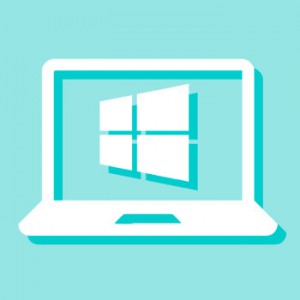 The free Windows 10 product key works very differently from previous versions Windows. In the past the product key would always serve to activate your copy of Windows. However if you upgraded to Windows 10 from a previous version of Windows then you probably never received a product key for Windows 10. Since a Windows 10 update released in November it may be possible to use your previous Windows 7 or Windows 8.1 product key to activate Windows 10. But, basically the Windows 10 upgraders just don’t have a product key.
The free Windows 10 product key works very differently from previous versions Windows. In the past the product key would always serve to activate your copy of Windows. However if you upgraded to Windows 10 from a previous version of Windows then you probably never received a product key for Windows 10. Since a Windows 10 update released in November it may be possible to use your previous Windows 7 or Windows 8.1 product key to activate Windows 10. But, basically the Windows 10 upgraders just don’t have a product key. 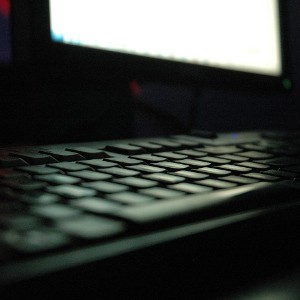 Earlier this year cyber security software company Kapersky announced the discovery of a cyber intrusion that affected many of it’s internal computer systems which initiated a large scale investigation. They believe the virus penetrated their systems through an email attachment sent to an employee at the company. From there the virus moved stealthily through the company’s computer network targeting it’s customer’s computer networks and collecting information. Instead of removing the virus Kapersky monitored the virus on their systems in an attempt to better understand its function and purpose.
Earlier this year cyber security software company Kapersky announced the discovery of a cyber intrusion that affected many of it’s internal computer systems which initiated a large scale investigation. They believe the virus penetrated their systems through an email attachment sent to an employee at the company. From there the virus moved stealthily through the company’s computer network targeting it’s customer’s computer networks and collecting information. Instead of removing the virus Kapersky monitored the virus on their systems in an attempt to better understand its function and purpose.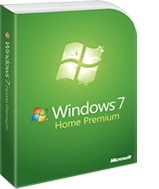 October 31, 2014 marks the End of Sales date for Microsoft Windows 7 Home Basic, Home Premium, and Ultimate. End of sales refers to the date when a particular version of Windows is no longer shipped to retailers or Original Equipment Manufacturers (OEMs). Examples of OEMS are Dell and Toshiba—PC manufacturers who often preinstall Windows software.
October 31, 2014 marks the End of Sales date for Microsoft Windows 7 Home Basic, Home Premium, and Ultimate. End of sales refers to the date when a particular version of Windows is no longer shipped to retailers or Original Equipment Manufacturers (OEMs). Examples of OEMS are Dell and Toshiba—PC manufacturers who often preinstall Windows software.